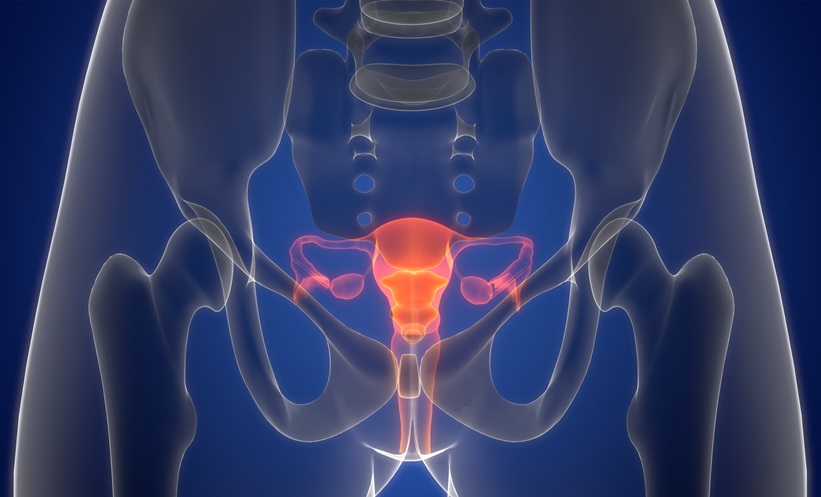PATIENTS with primary Sjögren’s disease (SjD) face a higher risk of developing B cell lymphoma, but molecular predictors of this complication remain poorly understood. Scientists used targeted proteomics to identify serum proteins associated with lymphoma development and to explore mechanisms of lymphomagenesis in SjD.
Proteomic Analysis Reveals Distinct Expression Patterns
The study included 18 patients with SjD and newly diagnosed, current lymphoma, with serum collected before lymphoma treatment and during follow-up at 6, 12, and 24 months. Additionally, four patients had serum samples taken 1–5 years before lymphoma diagnosis (pre-lymphoma). Controls included SjD patients without lymphoma (n=21), SjD patients with historical lymphoma (n=6), and healthy blood donors (n=39). Researchers measured protein levels using the Olink Target 96 Immuno-Oncology panel, applying a false discovery rate (FDR)-adjusted p value of 0.05, and calculated protein-derived interferon (pIFN) activation scores.
Eighteen proteins were differentially expressed in SjD patients with incident lymphoma compared to those without lymphoma and to healthy controls. The top upregulated proteins included TNFSF14, FGF2, IL8, CD40, and CXCL13, with only CXCL13 showing decreased levels during follow-up, suggesting a potential marker for active disease. Notably, CD40 was also elevated in the pre-lymphoma SjD group, years before lymphoma diagnosis. All SjD groups demonstrated higher interferon activation scores compared with healthy controls, with pre-lymphoma samples showing the strongest IFN activation, indicating immune system hyperactivity may precede malignancy.
CD40 and CXCL13 Serve as Potential Biomarkers for Sjögren’s Disease Lymphomagenesis
The study reveals distinct protein expression profiles and enhanced interferon system activation in SjD patients with recently diagnosed lymphoma and pre-lymphoma. These findings suggest potential serum biomarkers, such as CD40 and CXCL13, for early detection of high-risk patients and highlight possible therapeutic targets for intervention. The results pave the way for precision medicine approaches in Sjögren’s disease, allowing earlier risk stratification, improved surveillance, and targeted treatment to prevent or manage lymphoma development.
Reference
Imgenberg-Kreuz J et al. Targeted proteomics identifies differentially expressed proteins in Sjögren’s disease with incident lymphoma. RMD Open. 2025;11(4):e005897. https://doi.org/10.1136/rmdopen-2024-005897








